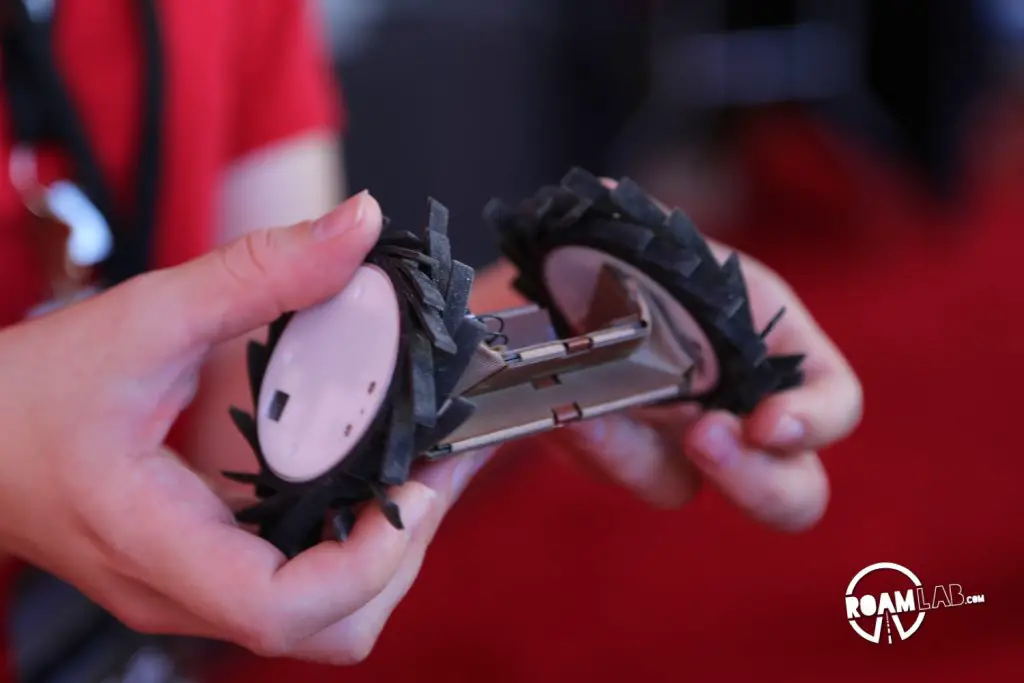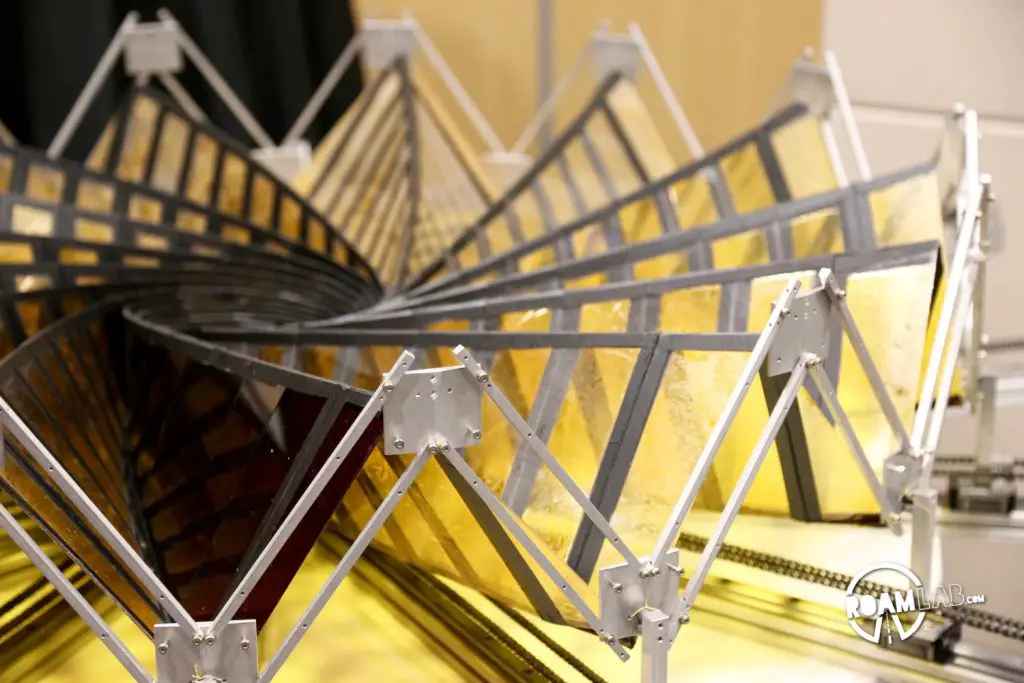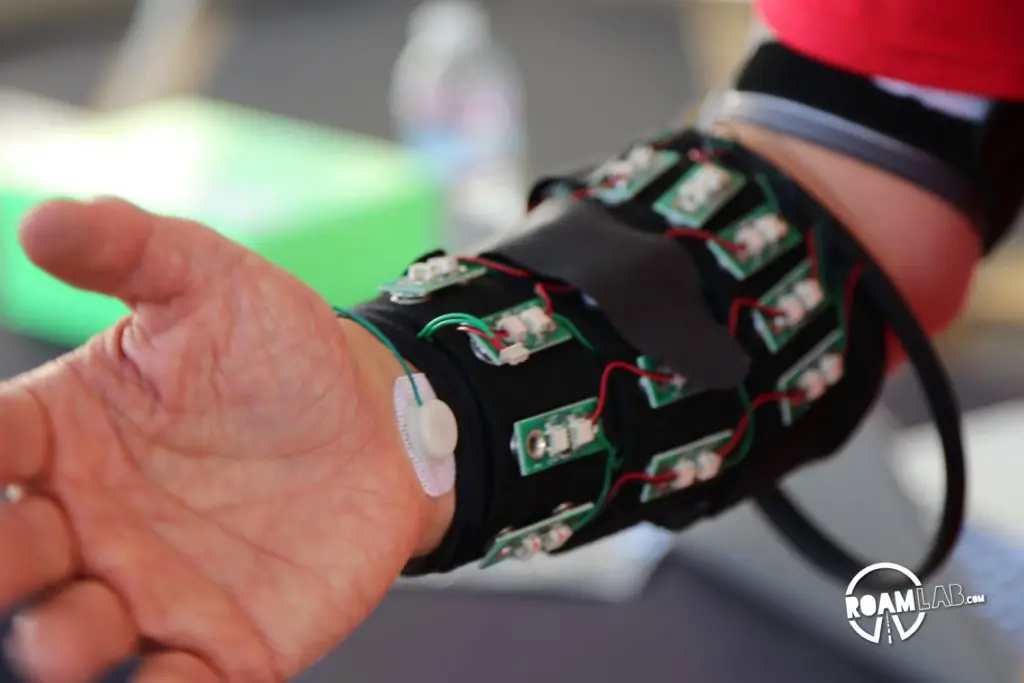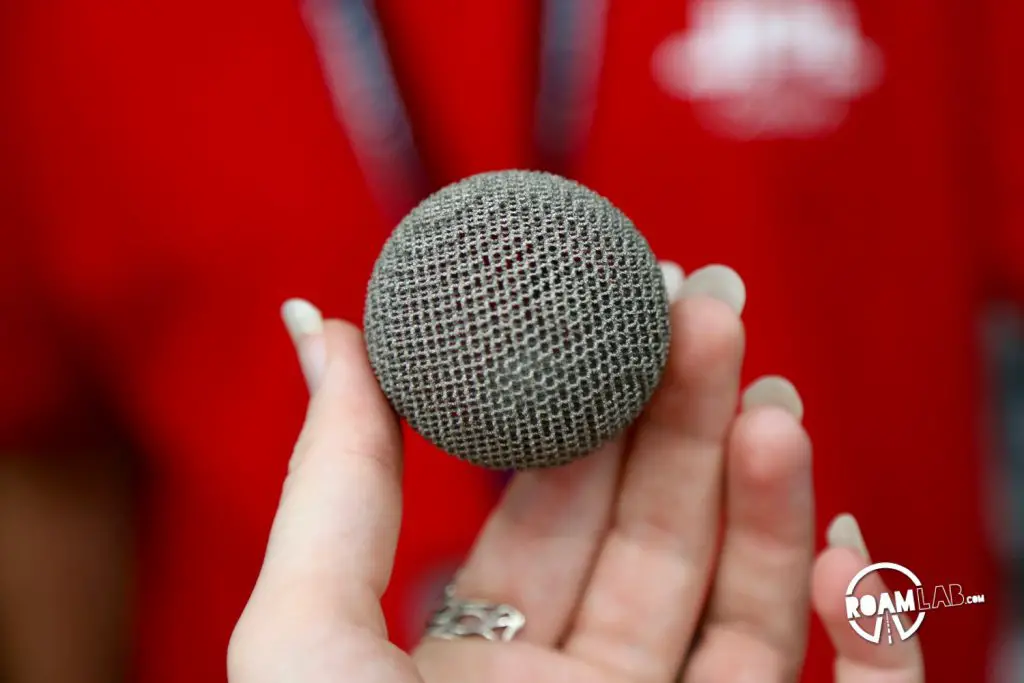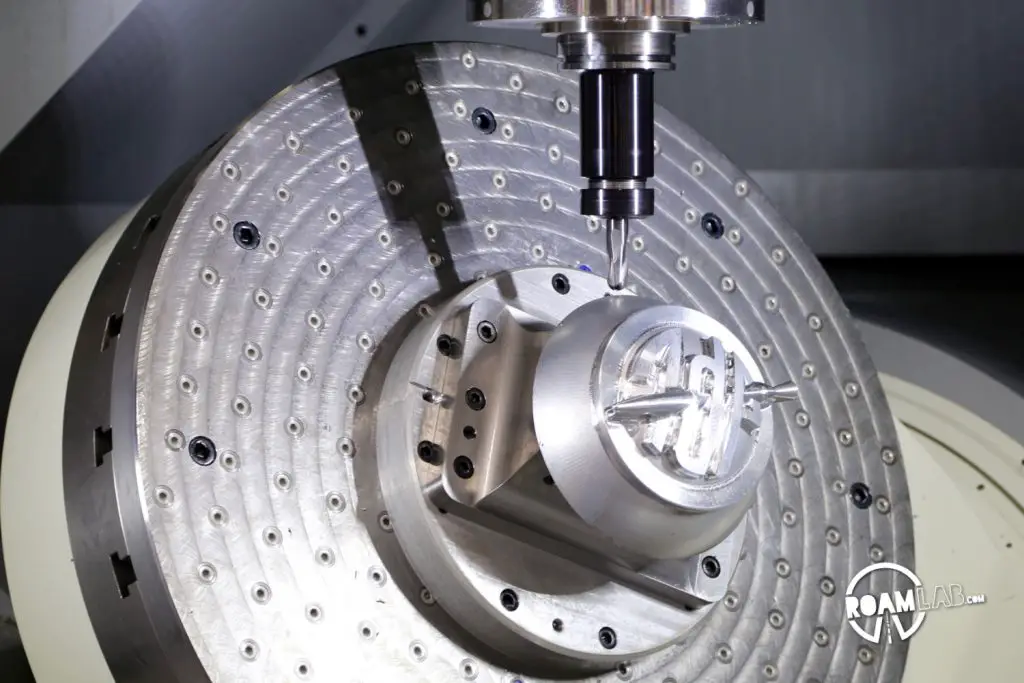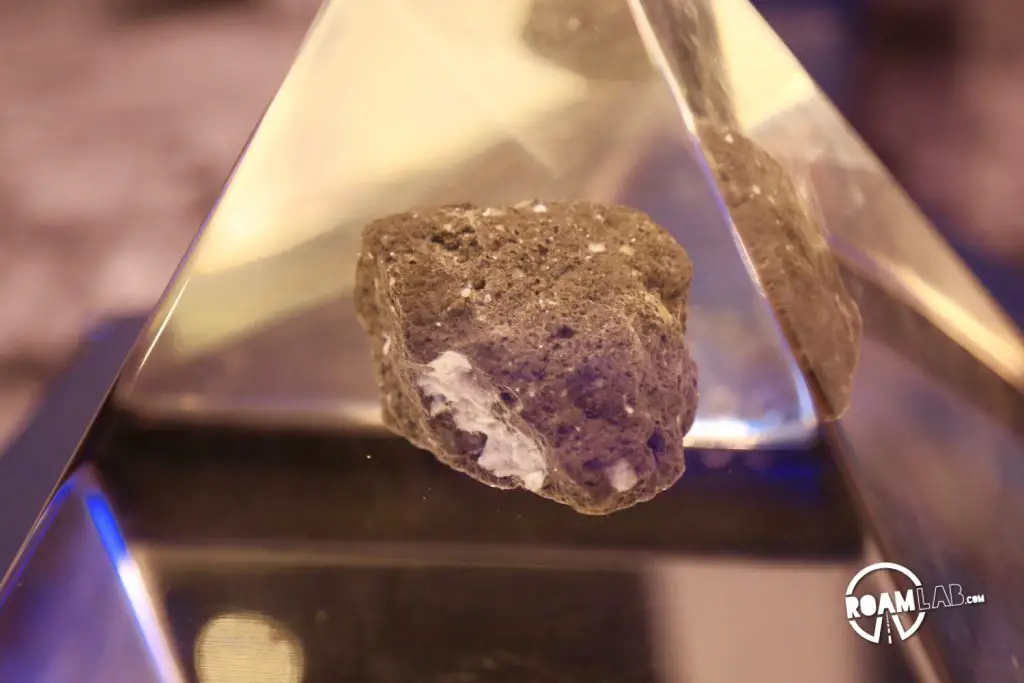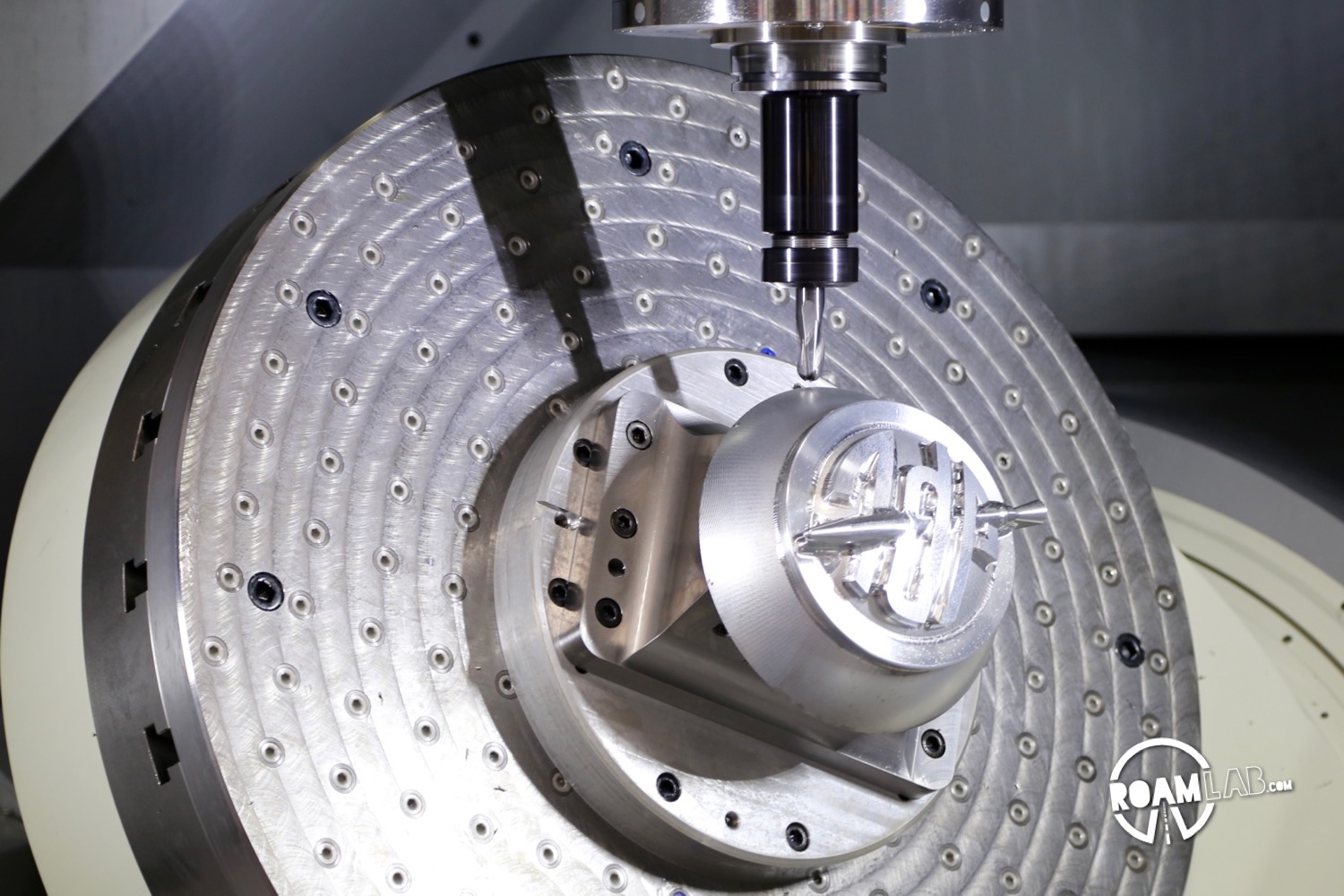We had many reasons for packing up our truck and heading back onto the road this summer. But one particular event lured us south to wait in lines under a blistering sun: the Jet Propulsion Laboratory (JPL) Open House.
While NASA may be the bigger household name, JPL’s rovers and other work deployed in NASA missions has still brought it special attention. JPL has enjoyed a surge in popular attention with the growing adoption of nerd culture into popular culture and particularly with the recent movie and book success, The Martian. Yet, the story of JPL is better (and stranger) than fiction.
The “Suicide Squad” was a name given to a group of researchers at Caltech for their perilous experiments in rocket motors. Caltech graduate students Frank Malina, Qian Xuesen, Weld Arnold, and Apollo M. O. Smith, along with Jack Parsons and Edward S. Forman saw the great potential in jet propulsion, but the highly explosive substances and frequent accidents had colleges viewing them as a danger to themselves. All the same, Malina’s advising professor was able to negotiate an army contract the fund their research and manufacturing of rocket motors. By November 1943, the organization was formally named the Jet Propulsion Laboratories, an army facility contracted through Caltech.
Jack Parsons was a particularly notorious member of the squad. Inspired by the science fiction of his childhood, Parsons had conducted many rocket experiments in his youth but dropped out of programs at both Pasadena Junior College and Stanford University. While not a Caltech grad student he was still a major innovator in rocket fuel technology and joined Malina et al. in their jet experiments.
Along with rocketry Parsons also had a great fascination with the occult. He thought that there was something supernatural within science and was attracted by Aleister Crowley’s Thelema cult. He was a leader of the California branch of Thelema where he came into contact with other cultishly inclined Californians such as L. Ron Hubbard, who later founded Scientology. Hubbard stuck around long enough to take Parson’s girlfriend and con Parsons out of his savings before taking off to found Scientology’s Sea Org. Due to the unsavory associations he had established through Thelema and his dangerous workplace behavior, Parsons was forced out of JPL and is a lesser known footnote of JPL history. He eventually died in an explosive experiment at his house, though some still like to speculate that there was fowl play.
Today, JPL is located in Seco Canyon where many of those early experiments occurred. In the aftermath of the many toxic and explosive experiments, the location is a superfund site. Nevertheless, employees converge there, year round, to push the limits of science and engineering. And visitors deluge the site one weekend a year for open house.
The JPL open house has become such a popular event that tickets are now required and sold out within hours of being listed. Long gone are the days of driving past protestors, demanding that the government reveal evidence of the “face on mars” and extraterrestrial life. Instead, we were efficiently directed to a parking lot, had our bags inspected, and ushered into the grounds where some of the greatest rovers have rolled their wheels before being shot into space.
Exhibits spanned current missions, research, and projects in their early proposal phases. There were robots controlled by arm motions, displays on CO2 mapping in the earth’s atmosphere, talks on proposed photography missions to distant stars, and many, many selfie booths. I was taken by the machine shop. The machining tools on that floor are some of the most advanced in the world. One employee explained how they will be getting a 3D printer that can print in titanium. TITANIUM!
Truly, these are marvelous times we live in.
